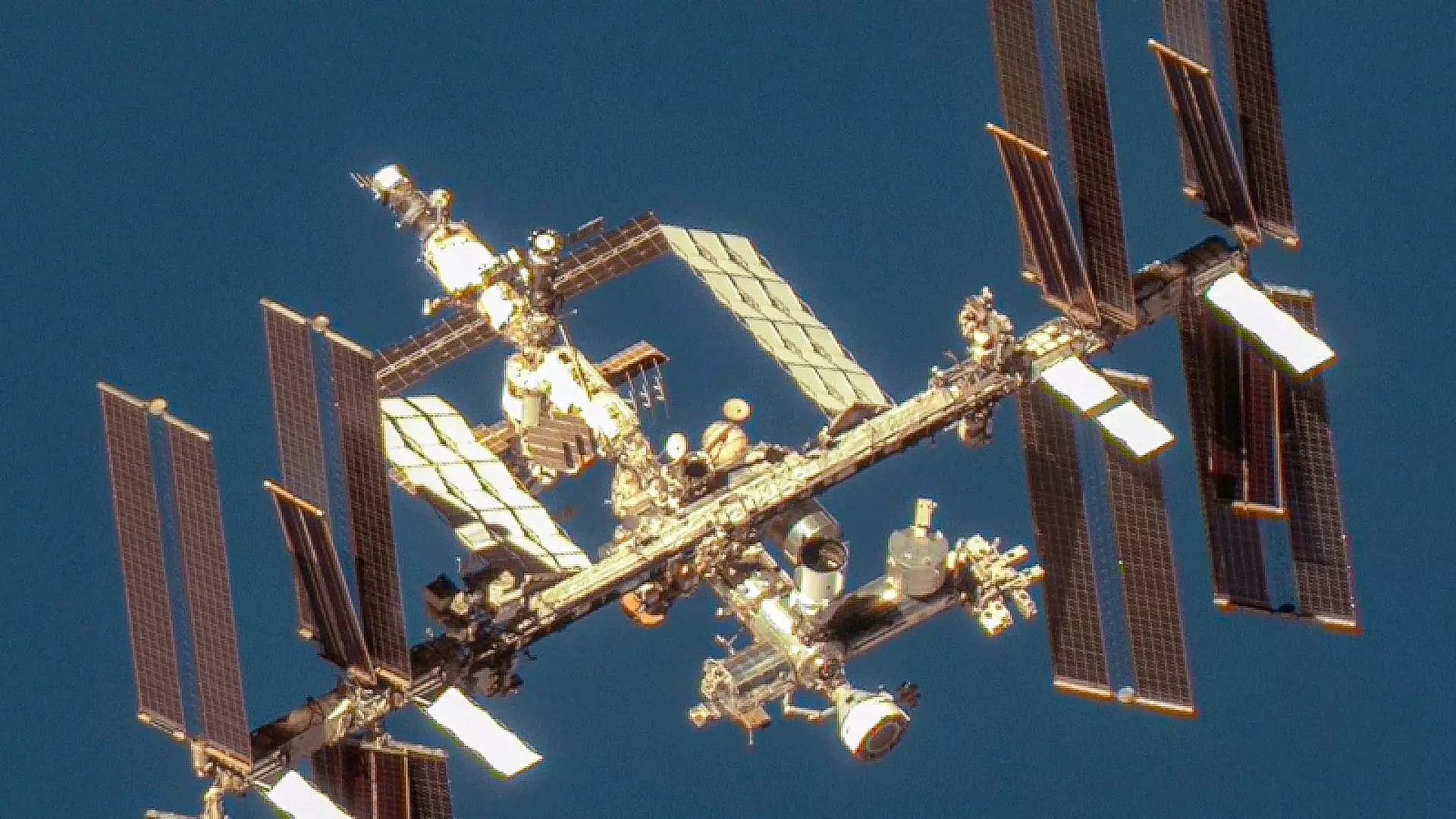Boeing’s Starliner capsule, named “Calypso,” is set to remain at the International Space Station for an extended period due to a developmental mission announced by NASA on Friday. Originally planned for a nine-day stay in space, the mission will now last at least 17 days, doubling the duration for further spacecraft testing. This mission, known as Boeing’s crew flight test, marks the first time that Starliner will carry crew members, with Butch Wilmore and Suni Williams scheduled to fly the spacecraft back to Earth next week.
While docked with the ISS, Boeing and NASA are conducting various tests on Starliner, including operating the capsule’s hatch, firing thrusters, and checking the cabin air temperature. The program’s managers and astronauts are finalizing departure planning and operations for the spacecraft. Additionally, NASA mentioned that the crew flight test represents a crucial step before certifying Boeing to conduct operational, six-month missions with crew members on board.
Despite the successful launch and docking of Starliner with the ISS, the mission has encountered several technical issues. Prior to the launch, a single leak in the helium propulsion system was identified but deemed stable and not a threat to the capsule’s safety. However, since docking, four additional helium leaks have occurred, raising concerns. Moreover, a separate issue with the spacecraft’s propulsion system, specifically five malfunctioning thrusters out of 28, was reported during the docking process.
In response to the technical challenges faced by Starliner, NASA announced plans to conduct hot fire testing before undocking the spacecraft. This testing will involve brief bursts of seven of the eight thrusters near the spacecraft’s tail to evaluate their performance. Boeing aims to address any issues with the thrusters to ensure a safe departure from the ISS and successful return to Earth.
Boeing’s Starliner was once considered a competitor to SpaceX’s Dragon, which has completed numerous crewed missions to the ISS in recent years. However, due to various setbacks and delays encountered by Starliner, the spacecraft has now been relegated to a backup position for NASA. The agency plans to alternate between SpaceX and Boeing for crewed missions to the ISS, with SpaceX currently leading the way in terms of successful missions.
Boeing’s Starliner capsule mission has been extended by NASA to facilitate additional testing and operational procedures during its stay at the International Space Station. Despite encountering technical challenges, both Boeing and NASA are working diligently to address these issues and ensure the safe return of the crew members aboard the spacecraft. The mission serves as a critical stepping stone towards certifying Boeing for future crewed missions to the ISS and highlights the complexities of space travel and exploration.


Leave a Reply